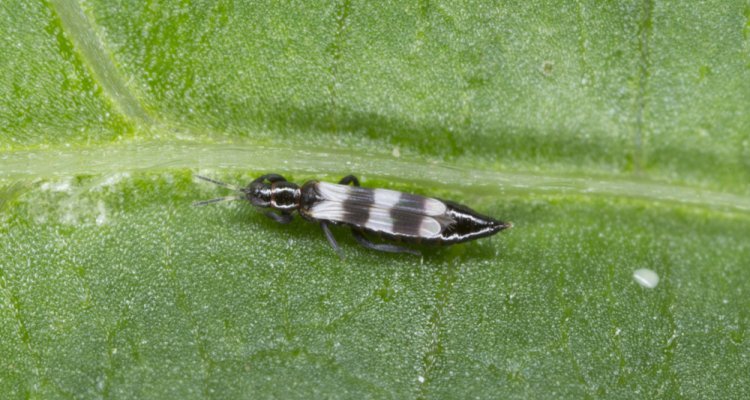
Project
Resistance mechanisms against thrips in wild relatives of onion
Onion is an important horticultural crop that is cultivated all over the world. Onion thrips is a well-known onion pest that occurs worldwide. Thrips cause direct damage, visible as silver-gray spots on leaves resulting in reduction of photosynthesis and yield. Thrips can also cause indirect damage by transmitting viruses, of which IYSV is the most damaging.
Thrips
Thrips have a short generation time of two to three weeks and can quickly build up a large population. Pesticides are being used to control thrips but are not always very effective. More importantly, pesticides do not fit in a sustainable agricultural production and the application has resulted in development of thrips with resistance to these pesticides. An alternative is host plant resistance. In onion cultivars, there are no cultivars with high levels of thrips resistance. That means that other solutions need to be explored.
Aim
The aim of the project is to contribute to the development of a more sustainable onion production by breeding for thrips resistance. To achieve this the project will focus on the identification of novel sources of thrips resistance among crossable wild relatives of onion, and characterize the genetics and mechanisms of resistance. Both interspecific F1 hybrids and intraspecific crosses will be produced. Finally, materials will be released to breeding companies. As the companies participating in the project are jointly responsible for the majority of the onion breeding activities in the world, this approach will contribute to the breeding of new cultivars for global markets. Scientifically, the project will lead to new knowledge on thrips resistance in onion-related species and introgress of resistance into onion. In addition, knowledge will be obtained on resistance mechanisms that may not also be valuable for other crops.
An additional advantage is that other interesting characteristics can also be made available from wild species, which offers unprecedented opportunities to increase the gene pool for onion, so that more genetic variation will become available for breeding.